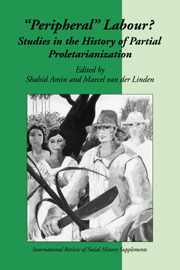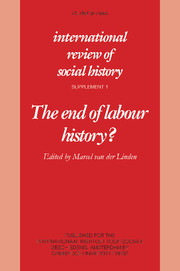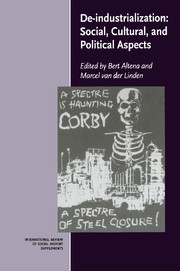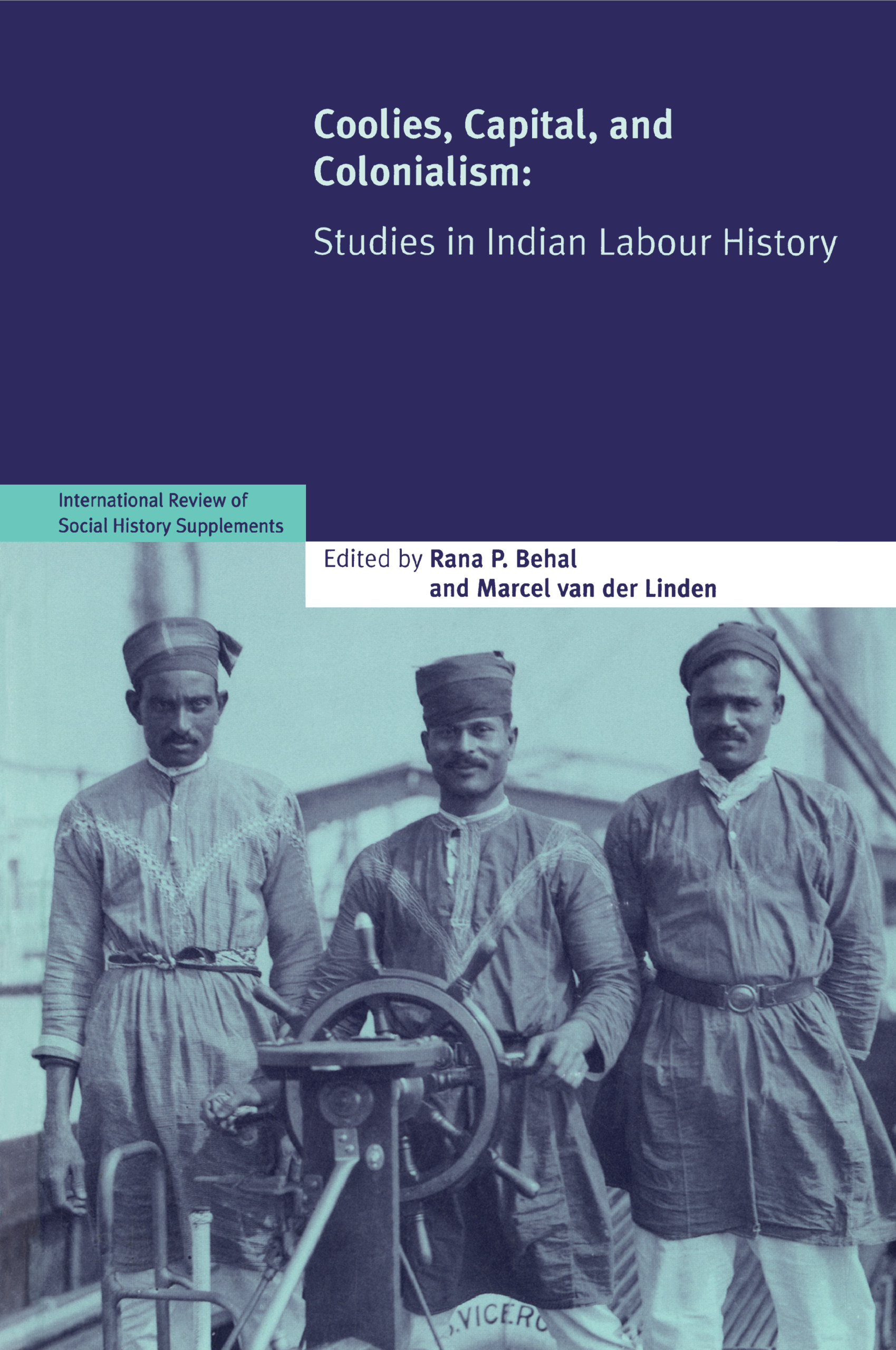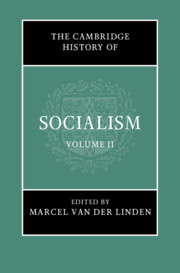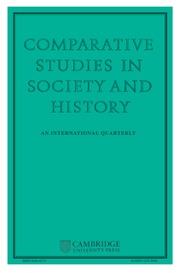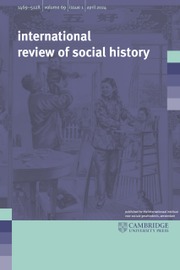Peripheral Labour
This volume takes an alternative look at the notion of 'wage-workers'. The contributors suggest that the idea of a 'pure' working class should be reconsidered and examine specific South Asian and Latin American case studies. A large part of the working class in the so-called third world and also in the main capitalist countries is either free (but coerced through non-economic means) or does hidden work labor e.g. as formally self-employed producers. By rethinking the fundamental assumptions of 'classical' labor and working-class history, the volume contributes to the development of a non-Eurocentric historiography.
- Takes an alternative look at the notion of wage-workers
- Works towards the formulation of a non-Eurocentric historiography
- Considers a number of third-world case studies from South Asia and Latin America
Product details
June 1997Paperback
9780521589000
184 pages
235 × 157 × 13 mm
0.285kg
Available
Table of Contents
- Introduction Shahid Amin and Marcel van der Linden
- 1. Colonialism, capitalism and the discourse of freedom Gyan Prakash
- 2. The barriers to proletarianization: Bolivian mine labor, 1826–1918 Erick D. Langer
- 3. Labour, ecology and history in a Puerto Rican plantation region: 'classic' rural proletarianizations revisited Juan A. Giusti-Cordero
- 4. Coal and colonialism: production relations in an Indian coalfield, c.1895–1947 Dilip Simeon
- 5. 'Capital spectacles in British frames': capital, empire and Indian indentured migration to the British Caribbean Madhavi Kale
- 6. Unsettling the household: Act VI (of 1901) and the regulation of women migrants in colonial Bengal Samita Sen
- 7. Sordid class, dangerous class? Observations on Parisian ragpickers and their Cités during the nineteenth century Alain Faure
- Notes on contributors.

